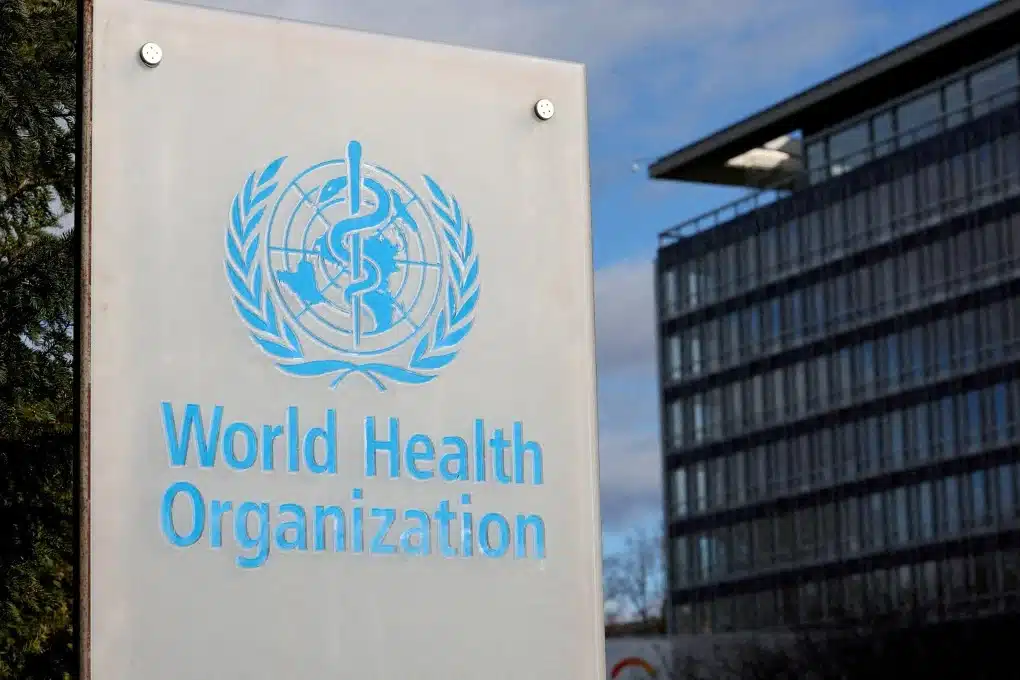WHO EMRO | World Drowning Prevention Day 2025

World Drowning Prevention Day, observed annually on July 25, aims to raise awareness about the devastating impact of drowning on families and communities worldwide. Despite a decline in drowning deaths since 2000, over 300,000 individuals still lose their lives to drowning each year. The Eastern Mediterranean Region is particularly affected, with a significant percentage of these fatalities occurring among children and youth.
Alarming Statistics on Drowning
In the past decade, drowning has claimed the lives of at least 3 million people globally. Although there has been a notable decrease in drowning deaths since the turn of the century, the numbers remain staggering. In 2021 alone, approximately 300,000 drowning deaths were reported, with 12% (around 35,000) occurring in the Eastern Mediterranean Region. This region has the second-highest drowning death rate among all World Health Organization (WHO) regions, highlighting a critical public health issue.
Children and youth, particularly those aged 29 and under, represent a significant portion of drowning victims, accounting for 83% of all deaths in this category. WHO’s Global Health Estimates for 2021 indicate that children aged 5 to 14 years made up 23.4% of drowning fatalities in the Eastern Mediterranean, making drowning the second leading cause of death for this age group. Alarmingly, the region also has the highest drowning death rate among children under four years of age compared to any other WHO region.
Socioeconomic Factors Contributing to Drowning
The Eastern Mediterranean faces unique challenges regarding drowning prevention, particularly in low- and lower-middle-income countries. The region has reported the second smallest decline in drowning death rates among all WHO regions, underscoring the urgent need for effective interventions. Risk factors such as sex, age, poverty, and inequality play a significant role in these statistics. Males are at least twice as likely to drown compared to females, and studies indicate that migrants face a heightened risk of drowning.
Research shows that individuals from poorer and marginalized communities are disproportionately affected by drowning incidents, with rates 3.2 times higher in low-income countries than in their high-income counterparts. Factors such as proximity to bodies of water, participation in water-based recreational activities, and lack of supervision contribute to the increased risk of drowning in these vulnerable populations.
Effective Interventions and Community Awareness
Some countries in the Eastern Mediterranean have successfully implemented drowning prevention measures, with 64% of nations in the region adopting more interventions than the global average. Key safety measures include free weather alert services, disaster and weather warning systems, and community disaster resilience programs. Search and rescue services have also been established to respond to emergencies effectively.
Public safety initiatives, such as daily preschool services, water safety training, and the installation of physical barriers in high-risk areas, have been introduced, albeit to a lesser extent. Educating communities about water safety and developing national drowning prevention plans are crucial steps in reducing drowning incidents. By fostering policy dialogue across various sectors, increasing research on drowning risks, and launching public awareness campaigns, countries can better protect their populations from drowning.
The Call for Action
The message is clear: anyone can drown, but no one should. As World Drowning Prevention Day approaches, it serves as a reminder of the need for urgent action to combat this preventable tragedy. By prioritizing drowning prevention strategies and raising awareness, communities can work together to save lives and reduce the impact of drowning on families and society as a whole.
Observer Voice is the one stop site for National, International news, Sports, Editor’s Choice, Art/culture contents, Quotes and much more. We also cover historical contents. Historical contents includes World History, Indian History, and what happened today. The website also covers Entertainment across the India and World.

